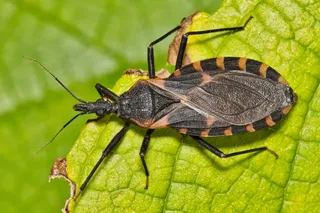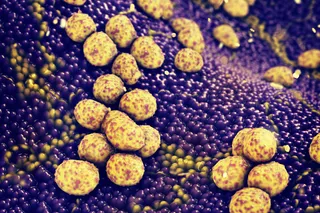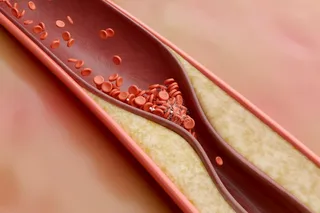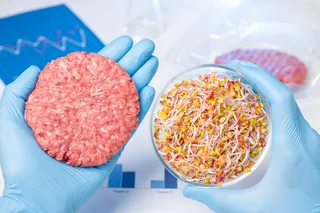Here is the definition from Wiki:
Introgression is a term used in genetics, particularly plant genetics, to describe the movement of a gene from one species into the gene pool of another by backcrossing an interspecific hybrid with one of its parents. Introgression of a transgene from a transgenic plant to a wild relative as the result of a successful hybridization is an example.
Illustration. You have a Eastern European mouse and a West European mouse. On the boundary between the two species West European females mate with East European males, and the F1 hybrid females mate only with East European males, while for whatever reasons the F1 hybrid males do not mate with anyone (this could be an example where hybrid breakdown occurs on the heterogametic sex, that is, the sex without the redundant chromosome, which in mammals is the male). What you have then is the introgression of West European mtDNA into the East European population, but no concurrent Y chromosomal transmission. Additionally, one could envisage a scenario where the West European mtDNA is selectively favored, perhaps because of better metabolic capacity (more efficient use of energetic resources). Over a few generations the mtDNA could spread throughout the population and fix, while the autosomal DNA remains predominantly East European! (the linkage between the mtDNA and other loci breaks down quickly over a few generations) In other words, even though the mtDNA is replaced the ancestry remains predominantly East European! (I use a European mouse example because something like this does occur in a species of rodent in Europe) In any case, that's an illustration. But what about an analogy? Well, I got one: Introgression of alleles between populations is like horizontal gene transfer in bacteria! Though the bacterial lineages remain distinct, they swap selectively beneficial chunks of DNA promiscuously. I'll leave it to Chris to judge whether the analogy works....













